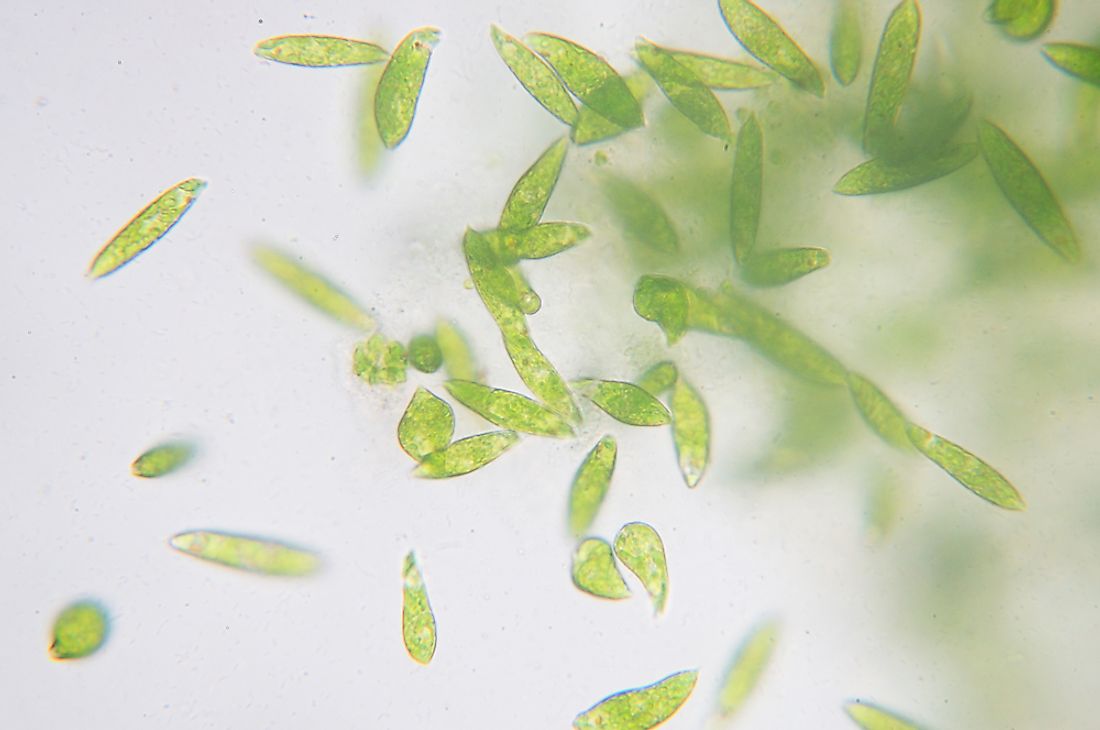What is a Eukaryote?

What Is A Eukaryote?
A eukaryote is an organism whose organelles and nucleus are confined within its membrane.
Eukaryotic Cell Characteristics
First, eukaryotes are made up of an array of internal tissue-bound anatomy known as organelles. Their body structure consists of micrtubules, intermediate filaments, and microfilaments which determine the cell’s arrangement and appearance. In addition, the DNA of eukaryotes is divided into a number of bundles called chromosomes. These chromosomes are separated by a microtubular spindle in the event of nuclear division. The second feature of eukaryotes is the internal membrane. Eukaryote cells have membrane-bound structures called the endomembrane system. The cells ingest food through the process of endocytosis which involves invagination of the outer membrane to form a vesicle.
Another feature of eukaryotes is that they contain plastids and mitochondria. Mitochondria are organelles which provide energy to cells by converting absorbed sugars into Adenosine triphosphate (ATP). Mitochondria also help in the aerobic respiration of cells. Plastids on the other hand are double-membrane organelles which assist in manufacture and storage of important chemical compounds used by cells. They are found in cells of plants such as plants and algae. Plastids contain pigments which are used in the process of photosynthesis in plants.
Most eukaryotes also have cytoskeletons which are long and slender projections known as flagella or cilia. The cilia and flagella are used in cells to facilitate feeding, sensation, and movement. In addition, the cells of most chromalveolates, fungi, and plants contain a cell wall which is a layer outside the cell membrane. The function of the cell wall is to give the cell structural support, protection and provide it with a filtering mechanism. It also prevents over-expansion of the cell whenever water gets into it.
Classification Of The Eukaryotes
Originally, the single-cell eukaryotes were classified as either plants or animals. However, this changed in 1830 after George Goldfuss coined the name “protozoa” with reference to ciliates. The group was expanded to include all single-celled eukaryotes. Eventually, eukaryotes were composed of four kingdoms namely: Protista, Plantae, Fungi, and Animalia. In 2012 the eukaryotes were further classified into five super groups namely: Archaeplastida, Opisthokonta, SAR, Amoebozoa, and Escavata. Besides these, there are also other minor categories of eukaryotes which include Telonemia, Haptophyta, Cryptophyta, Centrohelida, Picozoa, Breviatea, Apusomonadida, Ancyromonadida and the genus Collodictyon.
Differences Between Animal And Plant Eukaryotic Cells
The first difference is that animal cells do not have cell walls and chloroplasts while plant cells have these features. Secondly, animal cells have smaller vacuoles compared to the plant cells. Thirdly, since the animal cells do not possess cell walls, they have irregular and different shapes. However, the plant cells maintain their shape.
Reproduction In Eukaryotic Cells
Cell division in eukaryotes takes place asexually through the process of mitosis. The eukaryotes also reproduce by means of sexual reproduction involving haploids and diploids through meiosis. Eukaryotes have lower generation times and longer generation times in comparison to prokaryotes. Recent studies have shown that amoeba which was thought to have been asexual is actually sexual. The adult human body is made up of over 210 distinct types of cells.











